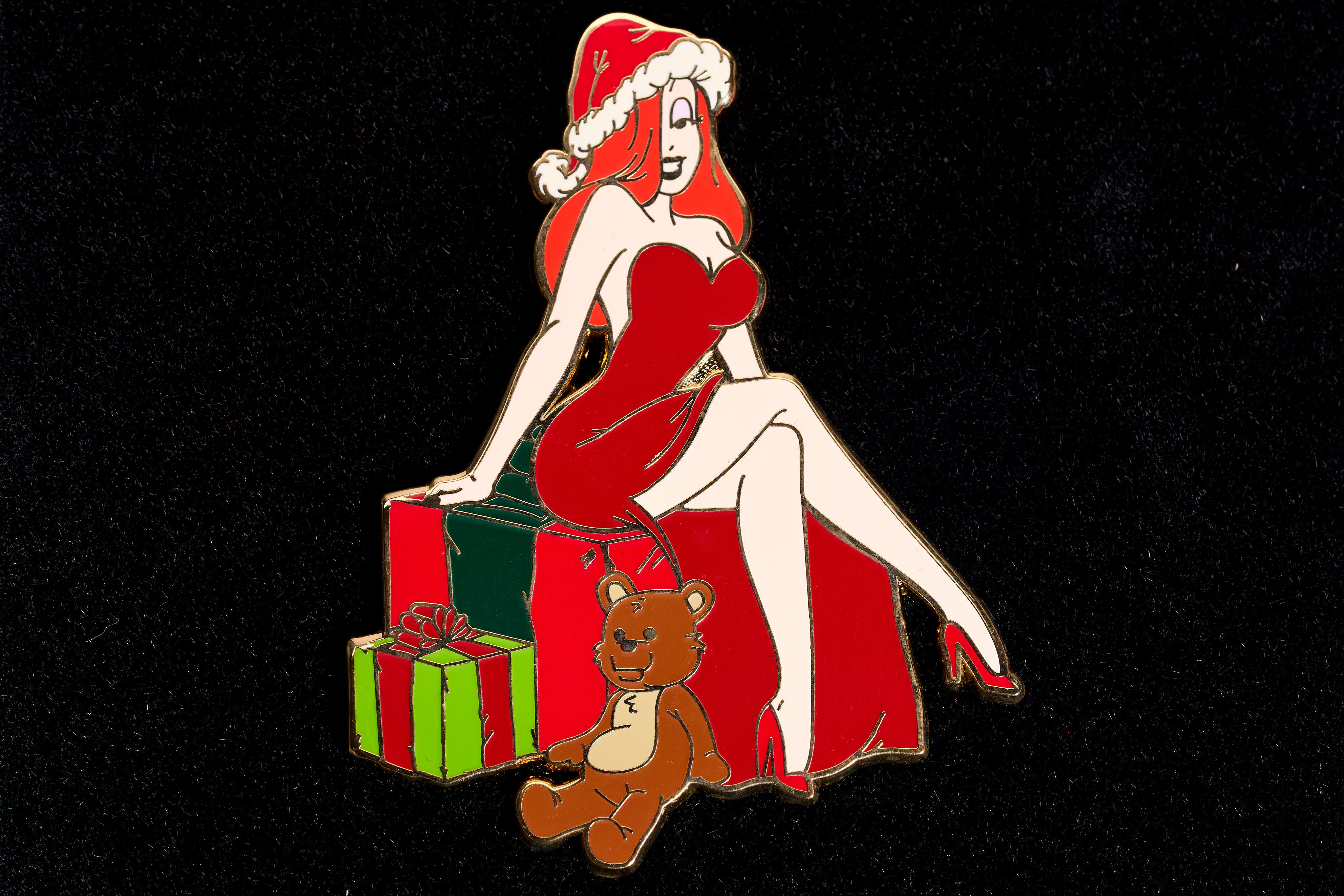This gets gone over every couple of months. There is no cut and dry answer...it all depends.
If you're dealing with rack pins or easy-to-get pins, most of the time, secondary value doesn't matter. Just swap them with each other.
But once you get into rare/retired/high-demand pins, the secondary market DOES matter. Simple supply and demand dictates that, with these pins, more people want them than there are quantities of those pins. At that point, it definitely becomes "who wants it more".
As the others have said, though, one should take into account completed listings only, and a good average should always be kept in mind. I know traders who can never accept the reality that their pin has decreased in value- all they seem to remember is that at one time it sold for $300, so it doesn't matter to them that it dropped to $150 in the last few years.
To me, eBay is one of the most reliable sources when dealing with high-end pins. It might fluctuate often, but that's expected. It makes more sense to judge based on what we, the traders/buyers currently want, then something random. Original price is only good with current releases or pins that stay at their original value, and edition sizes are only really good as general ballparks (I've seen OE pins skyrocket in value and LE 100s that people couldn't give away). So supply/demand values and popularity are always the factors I look at the most (as well as how much I personally want and feel about the pin).
It's not about being greedy (at least not for most of us). It's about knowing your options so that you can use your pins most effectively (after all, selling sometimes is a better option when no one wants to trade...you can always buy pins, too). But most of all, it's about being fair to yourself and those you trade with, and protecting yourself from those who want to use you to "level up" their pins at your expensive.

